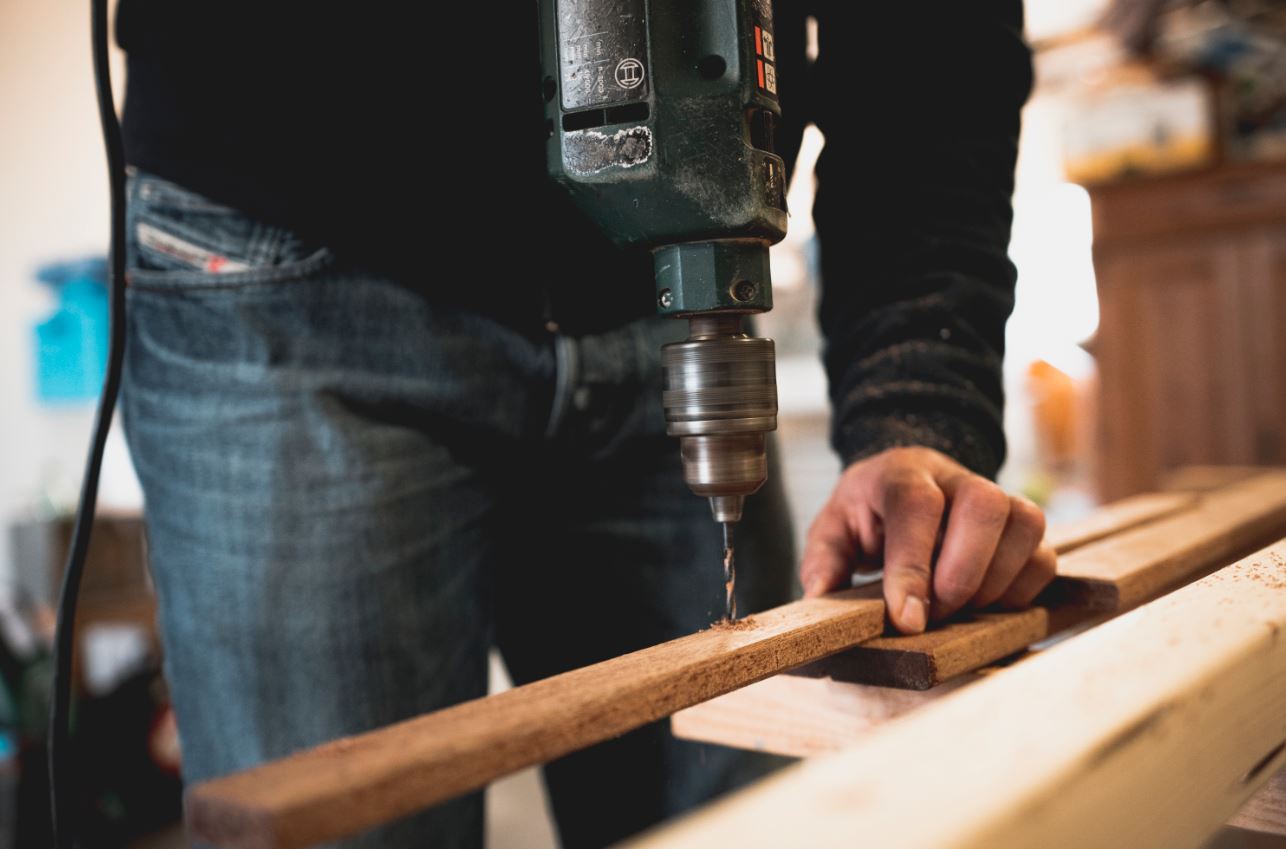
Power tools are essential for any DIY enthusiast or professional tradesperson, but they require regular maintenance to ensure that they continue to work properly and safely. Neglecting to maintain power tools can lead to decreased performance, increased risk of accidents, and costly repairs. In this article, we will explore some of the most important aspects of power tool maintenance.
Power Tool Maintenance: Ensuring Safety and Performance
One of the most important aspects of power tool maintenance is keeping the tools clean. Dirt, dust, and debris can accumulate in the tool’s moving parts, leading to decreased performance and increased wear and tear. To keep power tools clean, it is important to wipe them down after each use and to use compressed air to blow out any debris that may have accumulated in the tool’s nooks and crannies.
Another important aspect of power tool maintenance is keeping the tools properly lubricated. Lubrication helps to reduce friction and wear on the tool’s moving parts and can help extend the life of the tool. It is important to use the appropriate lubricant for the tool, as using the wrong type of lubricant can cause damage to the tool’s components.
Regular inspection of power tools is also essential for maintenance. Inspecting the tool for signs of wear and tear, such as cracks in the housing or frayed cords, can help to identify potential problems before they become serious. Any damaged parts should be repaired or replaced as soon as possible to prevent further damage to the tool or injury to the user.
In addition to regular inspection, it is important to follow the manufacturer’s recommended maintenance schedule for the tool. This may include tasks such as changing the oil, replacing filters, or cleaning the carburetor. Following the recommended maintenance schedule can help to ensure that the tool continues to work properly and safely.
Proper storage of power tools is also important for maintenance. Tools should be stored in a dry, cool place to prevent rust and corrosion. It is also important to store tools in a way that prevents them from being knocked over or damaged. Many power tools come with their own storage cases or bags, which can help to protect the tool during storage and transport.
Another important aspect of power tool maintenance is using the appropriate accessories and attachments for the tool. Using the wrong type of accessory or attachment can cause damage to the tool or reduce its performance. It is important to read the manufacturer’s instructions carefully and to use only approved accessories and attachments.
Regular calibration of power tools is also important for maintenance. Calibration ensures that the tool is working properly and accurately, and can help to prevent accidents and errors. Many power tools can be calibrated using simple tools or by following the manufacturer’s instructions.
Finally, it is important to use power tools properly and safely in order to prevent damage and injury. This includes following the manufacturer’s instructions for use, wearing appropriate PPE such as safety glasses and gloves, and never using a tool for a task that it was not designed for. Proper use of power tools can help to extend their life and prevent costly repairs.
Conclusion
Power tool maintenance is essential for ensuring that tools continue to work properly and safely. From keeping the tools clean and lubricated to following the manufacturer’s recommended maintenance schedule, there are many aspects of maintenance that should be considered. By following best practices for power tool maintenance and using the tools properly and safely, we can all help extend the life of our tools and prevent accidents and injuries.
Interesting Related Article: “9 Things to Consider Before Starting Your Own Hand and Power Tools Business“
